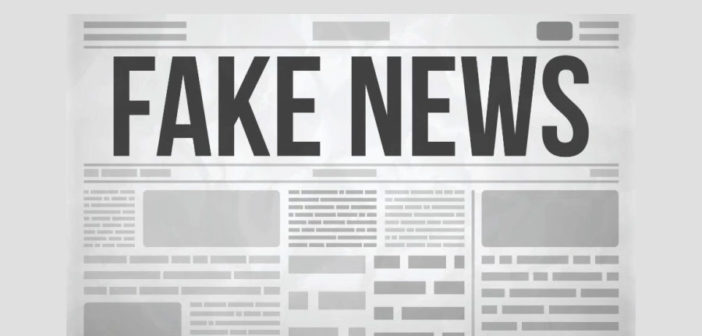As advertisers, we are reminded that trust takes decades to build and can be destroyed in an instant. Problems of a disgruntled customer or employee, or memes going viral can become twisted as they are broadcast to the world. In this context, the role of marketers to think and move quickly has never been more important, writes Grey’s Sonya Misquitta.
Fake news is deadly because it doesn’t just destroy reputations, it destroys people’s trust in institutions. When that erodes, it becomes harder to do business.
In an environment where it’s never been easier to spread intentional and deliberate lies, it’s becoming increasingly harder to monitor, adjust and respond to threats. Disinformation actors have the same online targeting tools that genuine advertisers do. So how do we as advertisers respond?
Invite people to question their assumptions
In a “post-truth” world, objective facts are less influential in shaping public opinion than appeals to emotion and personal belief. Increasingly, people are living in their own thought bubbles, inhabited by friends and peers who share their opinion rather than disagree with them. There is an increasing intolerance to multiple points of view, to listening to what others have to say.
Increasingly our job as marketers, will be to burst these thought bubbles. To challenge people to think about our brands differently. To question their assumptions. Take the P&G Tide Pods Challenge for instance. A 2015 article from the satirical website The Onion sparked a resurgence in people talking about eating, or even trying to eat, the chemical-laden detergent pods. The trend became so ubiquitous that P&G’s CEO and CFO called them “dangerous” to eat. The company even drafted New England Patriots player, Rob Gronkowski to do a PSA explaining the danger. Nothing worked. So it changed the narrative.
P&G executives used the American Super Bowl this year to re-stage the brand after weeks of negative PR. The Tide campaign asked Super Bowl viewers to question every ad they saw—because if you’re seeing clean clothes, it’s probably a Tide ad.
Demand accountability for brand safety
Online platforms like Google and Facebook have simply grown too big and too powerful. Yet they depend on advertising. Both P&G and Unilever are publicly pushing internet companies to stop illegal, unethical and extremist behaviour and materials on their platforms. They are threatening to partner only with organizations which are committed to creating a more transparent digital infrastructure, that is aligned around one measurement system and improving the consumer experience.
It’s an important first step. Big advertisers have the financial heft to demand greater accountability for brand safety from leading internet platforms. The platforms have responded by pledging a number of voluntary moves to push back on disinformation. These include a transparent advertising database and increased human review of ad buys.
Yet they need to go further. Internet platforms need to prioritize digital literacy work. A well-informed polity can counteract the tactics of disinformation. Increased focus could be placed on making tools available to users that can help to verify the trustworthiness of content, to provide multiple viewpoints on a topic, and to flag disinformation. The best results should be surfaced and scaled to reach as broad an audience as possible.
Control what we can control
Yet whether we’re big or small, as advertisers, we need to be vigilant– taking control for what we can control.
If consumers attach more value to each and every brand interaction, then they’re more inclined to be selective. For brands, however, it’s an occasion to go above and beyond. It’s an opportunity to move from being a functional product or service to satisfying the consumer’s emotional needs and reinforcing their identity. This is what defines successful brands and where the best advertisers shine. And when success is achieved, it can mean lifelong loyalty.
We also need to review our tactics and media inventory choices. Fake news and annoyingly impersonal ads do not inspire consumer confidence. We need to exercise greater control over the authenticity and validity of our ads– pushing publishers to incentivise relevance over reach.
Because brands have never mattered more. The media and marketing landscape has evolved dramatically, creating a massive demand for them. Yet consumer’s time and attention is limited. To earn their trust, advertisers need to build and invest in the powerful relationship between customers and their brands which can weather any storm.
–
This article first appeared in www.warc.com
Seeking to build and grow your brand using the force of consumer insight, strategic foresight, creative disruption and technology prowess? Talk to us at +9714 3867728 or mail: info@groupisd.com or visit www.groupisd.com




